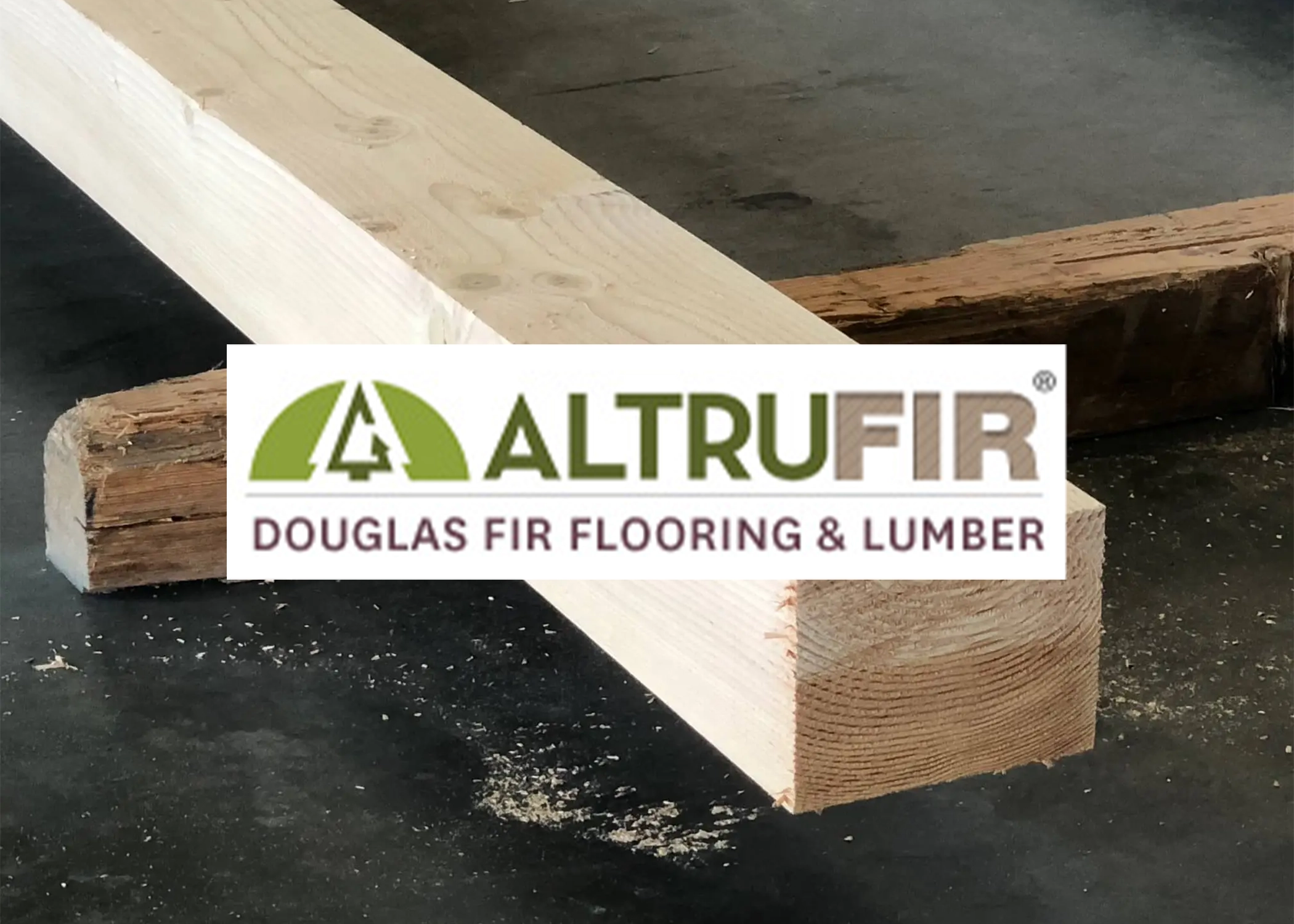
The Pros and Cons of Waxing Wood Floors
Your CVG douglas fir flooring needs some help. Its exceptional quality and gorgeous grain is perfect for your home. But unless you provide it with some protection, its beauty won’t be sustainable. If you’re on the fence between applying wax or oil sealants to your floor, Altrufir has some resources that will help inform your decision. Take a peek at the pros and cons of wax wood floors before you dive in!Pro: It’s the Earth-Friendly Option
Unlike polyurethane or other sealants, most wax for wood floors aren’t packed with chemicals. Many are beeswax or mineral-based, so you can rest assured that the health of your family will be in good hands with this low-VOC option.
Con: They Need Frequent TLC
In order to keep your flooring fully protected and looking at its best, you need to re-wax your space more often than you would one protected by an oil-based finish. Generally, you’ll need to completely wax it annually.
Pro: Upkeep is Easy
The good news is that it’s quite easy to apply wax. Whether you need to touch up your space or have to completely re-wax it, you’ll find that the process isn’t as time-intensive as the chemical alternative. This makes ongoing maintenance easy.
Con: It Isn’t the Most Durable Option
Polyurethane finishes will protect your floor from virtually anything, from water damage to stains. The wax alternative is simply less reliable.
Pro: It’s Got an Unbeatable Aesthetic
If you’re going for that rich, low-sheen patina that is characteristic of historic homes, then you have a friend in wax finishes. This product delivers a unique hue that its oil-based alternatives can’t replicate.
You might consider putting down a water or oil-based polyurethane finish on your boards first, then topping it off with a wax coat. This will provide your flooring with enhanced protection and that one-of-a-kind, rich coloring that you can only get with wax. Remember, Altrufir has the flooring materials: All you need is a space to showcase it!